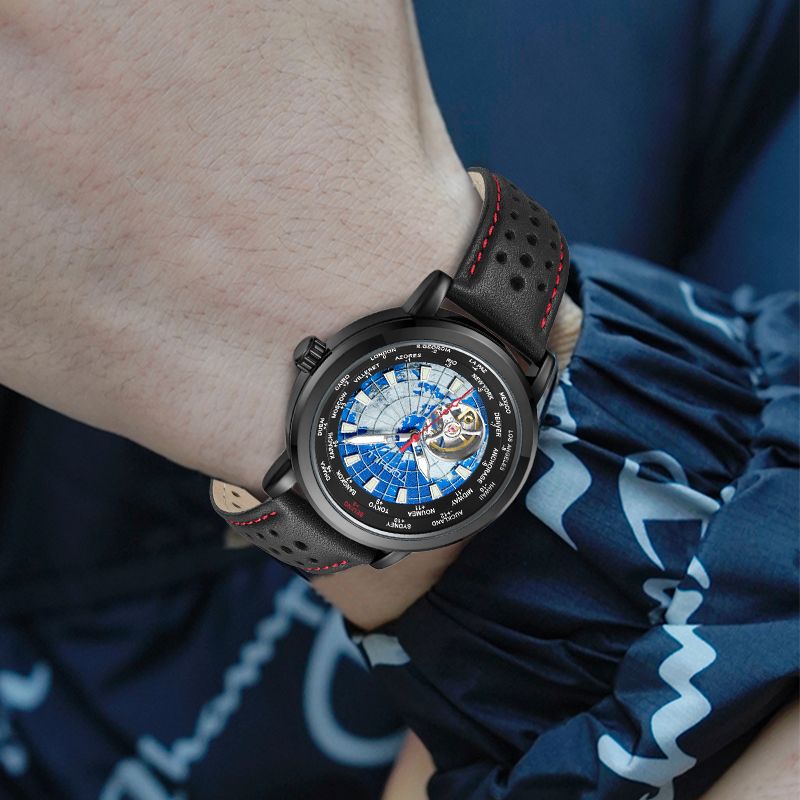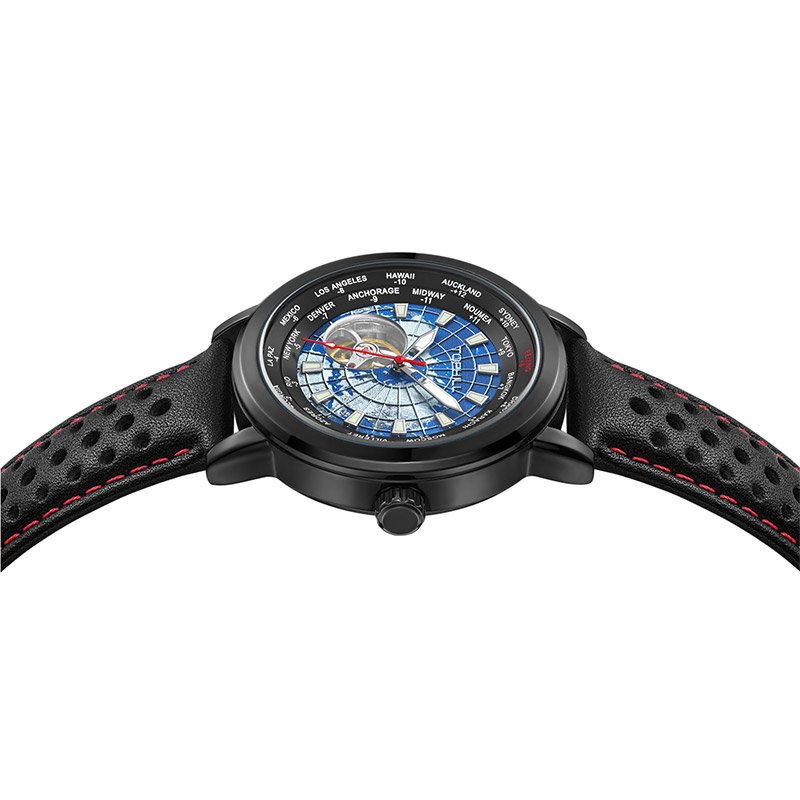The power reserve of a mechanical watch is an essential feature that determines how long the watch can operate before rewinding or being recharged. It reflects the amount of stored energy within the watch, enabling it to keep time accurately. Understanding the power reserve is crucial for watch enthusiasts and collectors alike. In this article, we will delve into the concept of power reserve, its significance, and how it affects the overall functioning of a mechanical watch.
The power reserve refers to the capacity of a mechanical watch to continue running autonomously without external intervention. It is the duration for which the watch can maintain its timekeeping accuracy after being fully wound. The mechanism behind power reserve involves energy transfer from the mainspring to the watch's regulating components, which control the hands' movements. As the mainspring unwinds, it gradually releases the stored energy, providing power to the watch movement.

Several factors influence the power reserve of a mechanical watch:
a) Mainspring Size and Tension: The size and tension of the mainspring directly impact the power reserve. A larger mainspring or a tightly wound one can store more energy, resulting in an extended power reserve.
b) Complications and Functions: Additional complications and functions, such as chronographs or perpetual calendars, require more energy to operate, which reduces the power reserve.
c) Movement Efficiency: The mechanical movement's efficiency, including the gear train and escapement system, affects the power reserve. Well-designed and precisely crafted movements can maximize energy transfer, resulting in a longer power reserve.
The power reserve serves as an essential indication for wearers to know when their watch needs winding. It prevents the watch from stopping abruptly, ensuring that timekeeping remains uninterrupted. Moreover, it allows the wearer to plan and adjust the winding schedule accordingly to maintain accuracy.
In addition to convenience, the power reserve also reflects the watch's craftsmanship and ingenuity. Watches with longer power reserves often require intricate engineering and precise manufacturing. They showcase the manufacturer's expertise and dedication to creating high-quality timepieces.
To maximize and maintain the power reserve of a mechanical watch, several practices can be followed:
a) Regular Winding: Regularly winding the watch helps keep the mainspring tension optimal, ensuring a longer power reserve.
b) Proper Storage: Storing the watch in a watch winder or keeping it in an upright position when not in use can prevent unnecessary energy loss.
c) Avoiding Overwinding: Overwinding the watch can lead to mainspring damage and reduced power reserve. Understanding the winding limits of the watch is crucial.
d) Servicing and Maintenance: Periodic servicing and maintenance by a professional watchmaker can help identify any issues that may affect the power reserve and rectify them timely.

The power reserve of a mechanical watch is a vital attribute that showcases the watch's autonomy and craftsmanship. It determines the duration for which the watch can operate before requiring rewinding. By understanding the factors affecting power reserve and adopting proper care practices, one can ensure longer power reserves and optimal performance from their mechanical watches.
Tags:
 Why Do Professionals Prefer Stainless St
Why Do Professionals Prefer Stainless St
 How Does a High-Performance Quartz Watch
How Does a High-Performance Quartz Watch
 Are Luxury Couple Watches Worth Buying a
Are Luxury Couple Watches Worth Buying a
 Why Do Divers Prefer an Underwater Lumin
Why Do Divers Prefer an Underwater Lumin
Super Time